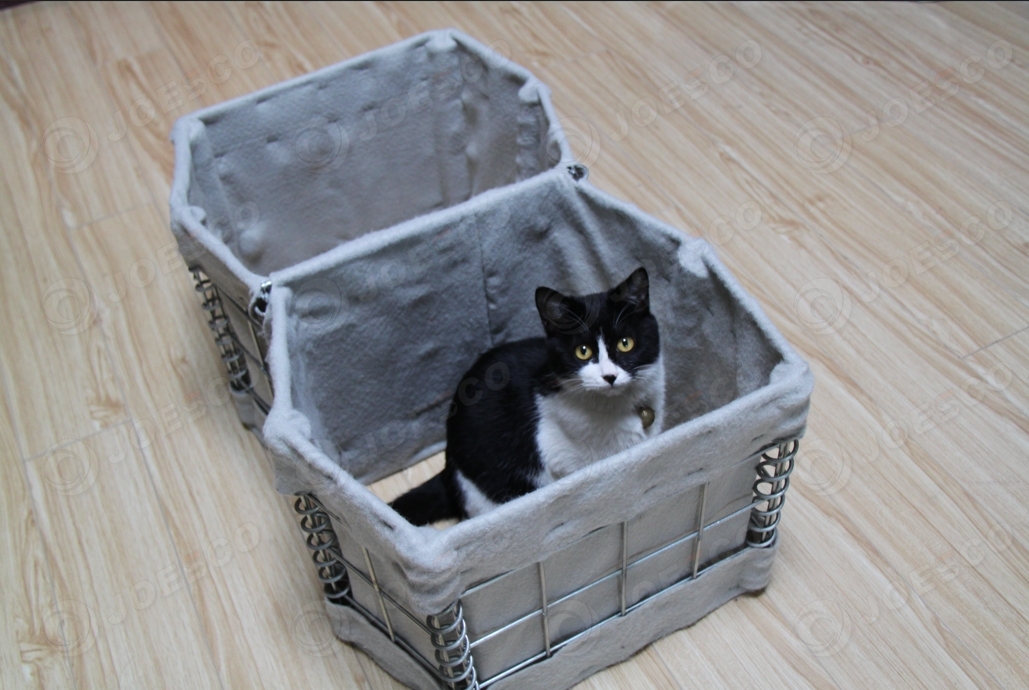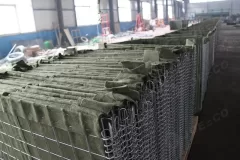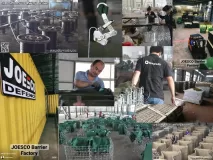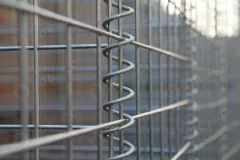As an important part of modern defense and security systems, the price of HESCO barriers has always been something many users care about. These new protective structures are famous for being set up fast and protecting well, but how much do they cost? Let’s look at the prices of HESCO barriers.

The price of HESCO barriers isn’t fixed. It’s affected by many things. First, the size and specifications are big things that decide the price. Common HESCO unit sizes are like 1m x 1m x 5m, 1.37m x 1m x 5m, 1.68m x 1.5m x 5m, and 2.21m x 1.5m x 5m. Of course, different sizes have different prices. Bigger units usually cost more.
Second, the quality of the materials is another important thing that affects the price. Good HESCO barriers are made of strong metal mesh and geotextile fabric. The cost of these materials directly changes the final price of the product. While good materials might cost more at first, they usually last longer and protect better. This might make them cost less in the long run.
The number of things you order also changes the price per unit. Buying a lot usually gets you a better price. For projects that need a lot of HESCO barrier systems, talking to suppliers about getting a discount for buying a lot could be a smart thing to do.
The cost of transportation is another thing that can’t be ignored. Because HESCO barriers are big and heavy, shipping fees can make the total cost much higher. This is really important when you need to send them a long way or to another country.
Customization needs also change the price. While the usual-sized HESCO units are usually cheaper, some special uses might need custom sizes or designs. These custom services usually make the cost go up, but they can better meet specific protection needs.
The market demand and changes in the price of raw materials also affect the price of HESCO barriers. When there are global security worries or natural disasters often, the demand for HESCO barriers might go up. This can make the prices go up. Also, changes in the prices of raw materials like steel are shown in the final price of the product.
It’s good to know that even though it might seem like HESCO barriers cost a lot at first, they often save a lot of people and resources compared to old protection methods. Things like being set up fast, being able to be used again, and lasting a long time make HESCO barriers cost less in the long run.
For people who want to buy HESCO barriers, it’s a good idea to ask for prices from many suppliers and look carefully at the product specs, quality guarantees, and after-sales services that different suppliers offer. It’s also important to think about the cost of using them in the long run, not just the price when you first buy them.
In the end, even though the price of HESCO barriers changes because of many things, their good protection and being cost-effective in the long run make them the better choice in many military, civilian, and disaster prevention areas. When thinking about the price of HESCO barriers, you should think about how well they work, how long they last, and all the good things they do, not just the first cost. By really understanding the things that change the price, users can make smarter choices when buying and make sure they get the best protection for the money they have.






